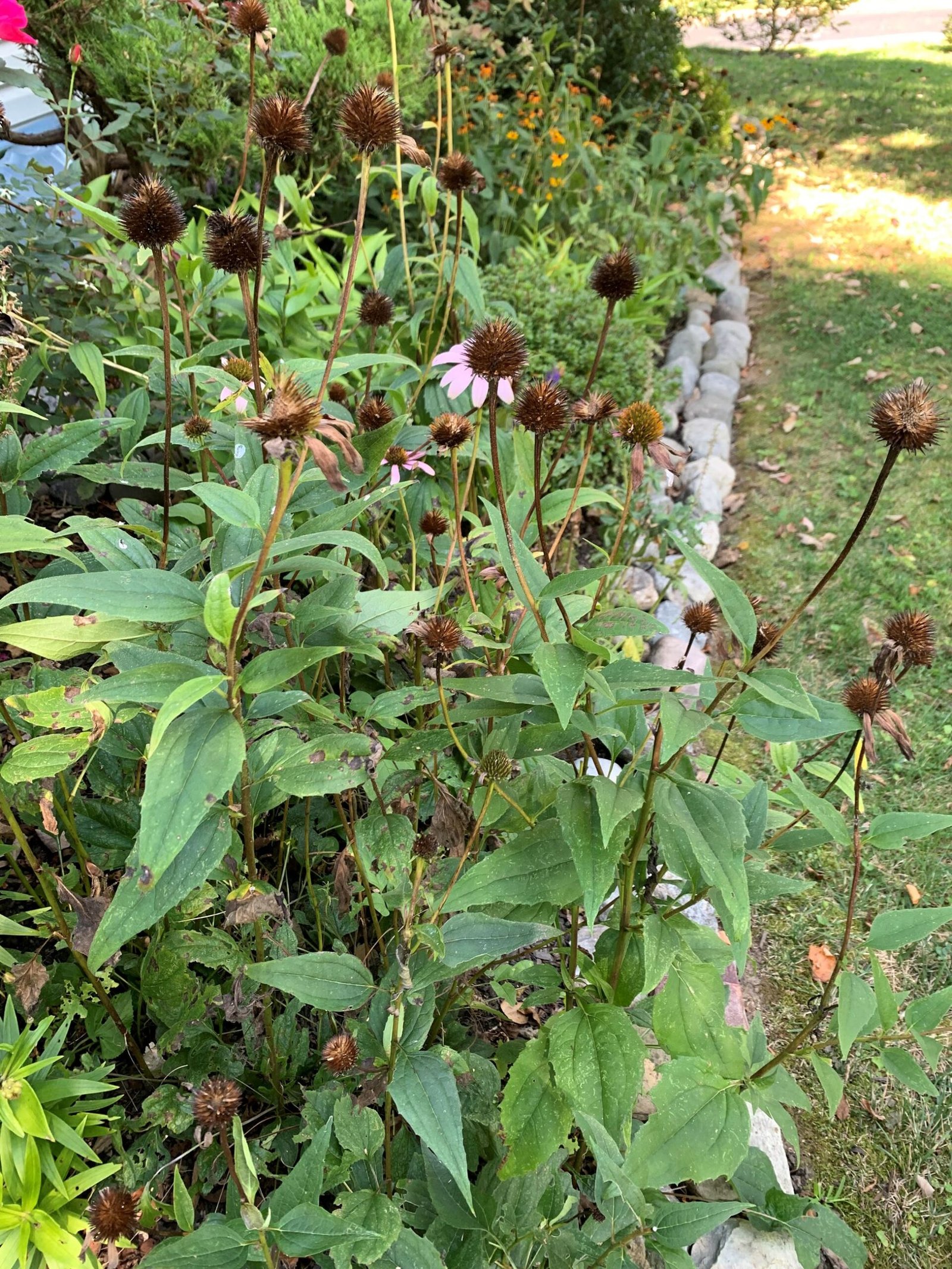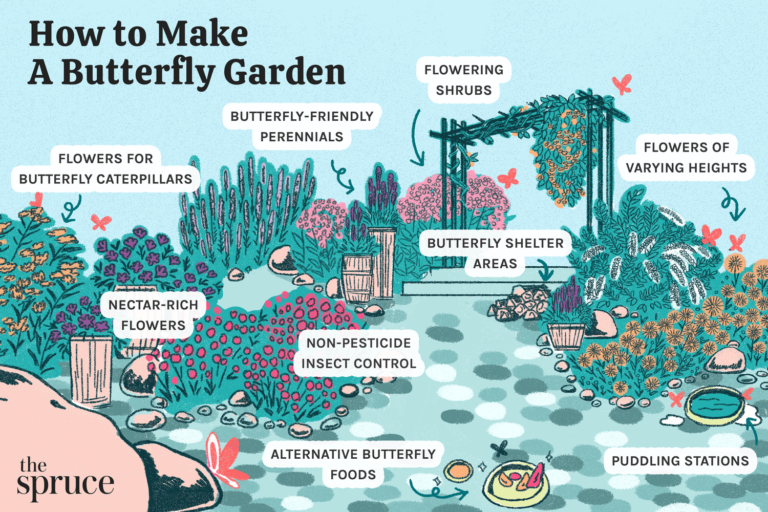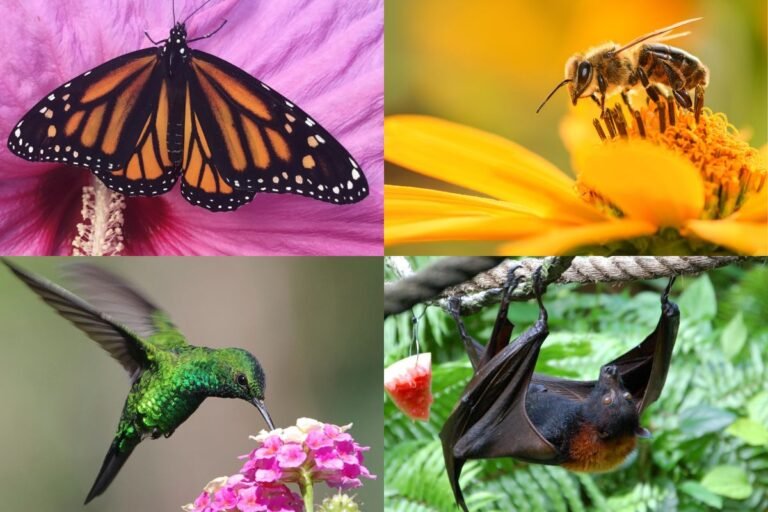As winter fades, gardens await their spring revival. Pollinators play a crucial role in this renewal.
The buzz of bees, the flutter of butterflies, and the dance of hummingbirds bring a garden to life. These tiny visitors are vital for plant reproduction and ecosystem health. Preparing your garden for them after the chill of winter is key.
Imagine stepping outside to a world where colors bloom and nature thrives. Your garden can be that place with the right preparation. This task is simple and rewarding. Start by cleaning out dead vegetation and debris. Next, plan your plant selection. Choose a variety of flowers that bloom at different times. This ensures a season-long buffet for your winged guests. Remember, native plants attract native pollinators. Providing water sources and safe habitats is also essential. With these steps, you create a haven for these vital creatures. Your garden will not only look stunning. It will support the environment too. Let’s dig into how to make your garden a pollinator paradise.
The Importance Of Pollinators In Your Garden
Pollinators such as bees, butterflies, and birds are vital to a thriving garden. They transfer pollen, aiding in plant reproduction. This results in fruit, vegetable, and flower production. A garden buzzing with pollinators is a sign of health and balance. Let’s explore how these creatures keep our gardens alive.
Key Roles Of Bees, Butterflies, And Birds
- Bees: Essential for cross-pollination, bees boost food crops.
- Butterflies: Indicators of a healthy ecosystem, they pollinate as they feed.
- Birds: Some species, like hummingbirds, pollinate flowers while sipping nectar.
Benefits Of A Pollinator-friendly Environment
Creating a space for pollinators offers numerous advantages:
- Improved Crop Yield: More pollinators mean more fruits, veggies, and seeds.
- Biodiversity: A variety of species can flourish, ensuring a resilient garden.
- Natural Beauty: Pollinators attract more wildlife and enhance garden aesthetics.
Assessing Winter’s Impact
Winter can leave a mark on your garden. Cold temperatures, snow, and wind damage plants and habitats. It’s time to check your garden’s health. This helps you prepare for spring and welcome pollinators.
Identifying Common Post-winter Garden Challenges
Start with a walk-through. Look for common signs of winter stress. This includes broken branches, compacted soil, and water damage.
- Broken branches on trees and shrubs.
- Compacted soil that needs aeration.
- Puddles indicating poor drainage.
Damage Control: What To Look For
Next, move on to damage control. Early action is key. It prevents bigger problems and helps plants recover.
| Damage Type | Action |
|---|---|
| Broken Branches | Prune to prevent disease. |
| Compacted Soil | Aerate to improve drainage. |
| Dead Plants | Remove and replace. |
Check plants for bark splits or discoloration. Remove dead foliage. Clear away debris. This creates a clean space for new growth and pollinators.
Planning For Pollinators: Early Spring Strategies
Welcome to Planning for Pollinators: Early Spring Strategies. As the snow melts, it’s time to think about our buzzing friends. Bees, butterflies, and birds will soon look for food and shelter. Let’s get our gardens ready for them.
Selecting The Right Plants
Choosing plants is key. Not all flowers attract pollinators. Look for native plants. They work best. Native plants are the ones that grow naturally in your area. They need less water and care. Plus, they help local bees and butterflies.
- Lavender – smells great, attracts bees.
- Sunflowers – tall, bright, good for birds.
- Zinnias – colorful, easy to grow, butterflies love them.
Designing A Continuous Bloom Calendar
Think about the whole season. Your garden should always have something blooming. This way, pollinators always have food. Start with early bloomers. Then, add plants that bloom in summer and fall. This keeps your garden lively and full of visitors.
| Season | Plants |
|---|---|
| Spring | Crocus, Lilac |
| Summer | Coneflower, Lavender |
| Fall | Sunflower, Zinnia |
Remember, a happy garden is full of life. By planning for pollinators, we make our outdoor space a haven for them. Let’s welcome our winged friends with open arms.

Soil Preparation And Revitalization
As the frosty veil of winter lifts, gardeners feel a familiar thrill. It’s time to prep the soil for pollinators. Soil is the foundation of a vibrant garden. Healthy soil supports flowers, which attract bees, butterflies, and other pollinators. Let’s roll up our sleeves and ensure our soil is ready to support a buzzing ecosystem.
Testing And Amending Soil
Soil testing is vital. It reveals pH levels and nutrient content. Knowing this helps you choose the right amendments. You can buy a test kit or get help from local extension services. Aim for a pH between 6 and 7 for most plants. If soil is too acidic, add lime. If it’s too alkaline, sulfur may be needed. Balance is key for healthy plants and happy pollinators.
Organic Matter And Its Role In Soil Health
Organic matter boosts soil health. It improves structure, water retention, and nutrient content. Compost is gold for gardens. It’s full of life and nutrients. Add a 2 to 3-inch layer of compost to your beds. Work it in gently. This feeds the soil and creates a welcoming place for pollinators to thrive.
- Check soil texture
- Ensure proper drainage
- Choose the right compost
- Mix gently, don’t disturb soil life
Creating Habitats For Pollinators
As winter fades, preparing your garden for pollinators is key. Creating a welcoming environment for these helpful creatures is not just about planting flowers. It’s about providing shelter, water, and food for different species throughout the growing season.
Shelter options for different speciesShelter Options For Different Species
Gardens can offer various shelters for pollinators. From natural shelters like trees and shrubs to man-made houses for bees and butterflies, each serves a purpose.
- Bee hotels for solitary bees
- Butterfly boxes for resting
- Dense plants for nesting materials
Water Sources And Their Importance
Water is crucial for pollinators. A simple water feature can do wonders. It can be as easy as a shallow dish with rocks. This lets pollinators drink without drowning.
| Type of Water Source | Benefits |
|---|---|
| Birdbaths | Accessible water for all pollinators |
| Dripping faucets | Consistent water supply |
| Wet pebbles | Safe drinking spots |
Planting With Pollinators In Mind
Planting with Pollinators in Mind is key for a lively garden. After winter, gardens need care. Think of bees, butterflies, and birds. They help plants grow. Choose plants they like. Your garden will thank you.
Native Species Vs. Non-native: Pros And Cons
Choosing the right plants matters. Native plants are best. They match local pollinators. Non-native plants can be pretty but tricky. They may not help local bugs and birds.
- Native plants grow well here. They help local bugs.
- Non-native plants might look nice. They might not help as much.
Companion Planting Techniques
Plants can help each other. Some keep pests away. Others attract good bugs. This is called companion planting.
| Plant | Helps | Attracts |
|---|---|---|
| Marigolds | Repel pests | Good bugs |
| Lavender | Smells nice | Bees and butterflies |
Think about each plant. What does it do? How does it help? Choose wisely. Your garden will buzz with life.
Protecting Pollinators From Pests And Pesticides
As the winter thaws, gardens buzz back to life. Pollinators play a key role in this revival. Yet, they face threats from pests and pesticides. Let’s explore ways to keep these helpers safe and thriving.
Natural Pest Control MethodsNatural Pest Control Methods
Embrace natural solutions to keep pests at bay:
- Plant diversity: Mix flowers and veggies. It confuses pests and attracts predators.
- Beneficial insects: Welcome ladybugs and lacewings. They eat harmful bugs.
- Barriers: Use nets and floating row covers. They protect without harm.
- Companion planting: Some plants repel pests naturally. Marigolds are a good example.
Safe Pesticide Practices
When using pesticides, choose wisely and apply with care:
- Select organic options that break down quickly.
- Read labels. Use only as directed.
- Apply at dusk or dawn. It’s when pollinators are less active.
- Spot treat affected areas. Avoid blanket spraying.
Remember, a healthy garden supports both plants and pollinators. Let’s do our part!

Maintenance And Monitoring
Maintenance and monitoring are key for a thriving pollinator garden. As winter ends, your garden needs attention. Let’s help pollinators find a healthy, welcoming home.
Regular Garden Care For Pollinator Support
Regular upkeep boosts garden health. It invites bees, butterflies, and others. Start with these steps:
- Clear debris and dead plants. It keeps pests away.
- Trim overgrown areas. More flowers will bloom.
- Add mulch. It keeps soil moist and controls weeds.
- Check plants for diseases. Healthy plants attract more pollinators.
Observing And Documenting Pollinator Activity
Watch your garden. Note which flowers attract pollinators. Use a simple table like this:
| Date | Plant | Pollinator | Notes |
|---|---|---|---|
| April 10 | Lavender | Bees | Bees active in the afternoon. |
This data helps you know your garden better. It guides future planting too.
Community Involvement And Education
Community Involvement and Education play a key role in preparing gardens for pollinators after winter. By working together, neighborhoods can create a larger, more effective environment for bees, butterflies, and other pollinating insects. Education on the best practices for attracting these helpful creatures is also vital.
Encouraging Neighborhood Pollinator Projects
Getting your community involved in pollinator projects can lead to big changes. Here’s how:
- Start a community garden that focuses on pollinator-friendly plants.
- Hold a plant swap to share native flowers and shrubs.
- Create a map of neighborhood gardens to show pollinator hotspots.
Workshops And Resources For Gardeners
Education is key. Look for these opportunities:
- Attend workshops on pollinator-friendly gardening.
- Use online resources to find the best plants for your area.
- Share tips and tricks through a local gardening club.
Together, we can make our gardens welcoming for pollinators. Simple steps lead to big impacts.

Frequently Asked Questions
What Plants Attract Pollinators In Spring?
Planting native flowers like purple coneflower and lavender is key. These plants bloom early, providing nectar and pollen for bees and butterflies. Mix in annuals like zinnias for color and variety. Choose diverse species to support a range of pollinators throughout the season.
How To Prepare Soil For Pollinator-friendly Garden?
Start by removing weeds and debris from your garden beds. Incorporate organic matter like compost or well-rotted manure to enrich the soil. This improves drainage and fertility, creating an ideal growing environment for pollinator-attracting plants. Test the soil pH to match plant preferences for best growth.
When To Start Planting For Pollinators After Winter?
Begin planting after the last frost date in your area to ensure young plants aren’t damaged by cold. Early spring is perfect for sowing seeds directly into the soil. For plants started indoors or bought from nurseries, wait until they have hardened off before transplanting.
Can Mulch Benefit A Pollinator Garden In Spring?
Yes, mulch helps retain soil moisture, suppresses weeds, and maintains temperature. Organic mulches, like straw or bark, add nutrients to the soil as they decompose. However, apply mulch sparingly around young plants and avoid covering the base of plants to prevent rot.
Conclusion
As spring arrives, your garden calls for attention. Ready it for bees, butterflies, and birds. Start simple: clean up, plant native, and avoid chemicals. Remember, water sources and sunny spots are key. Your efforts will create a buzzing haven. Embrace nature’s return and watch your garden come alive with pollinators.
They’re vital for a healthy ecosystem and your garden’s vibrancy. So, grab your gloves and let’s make your garden a pollinator paradise. Together, we can help these essential creatures thrive. Happy gardening!



